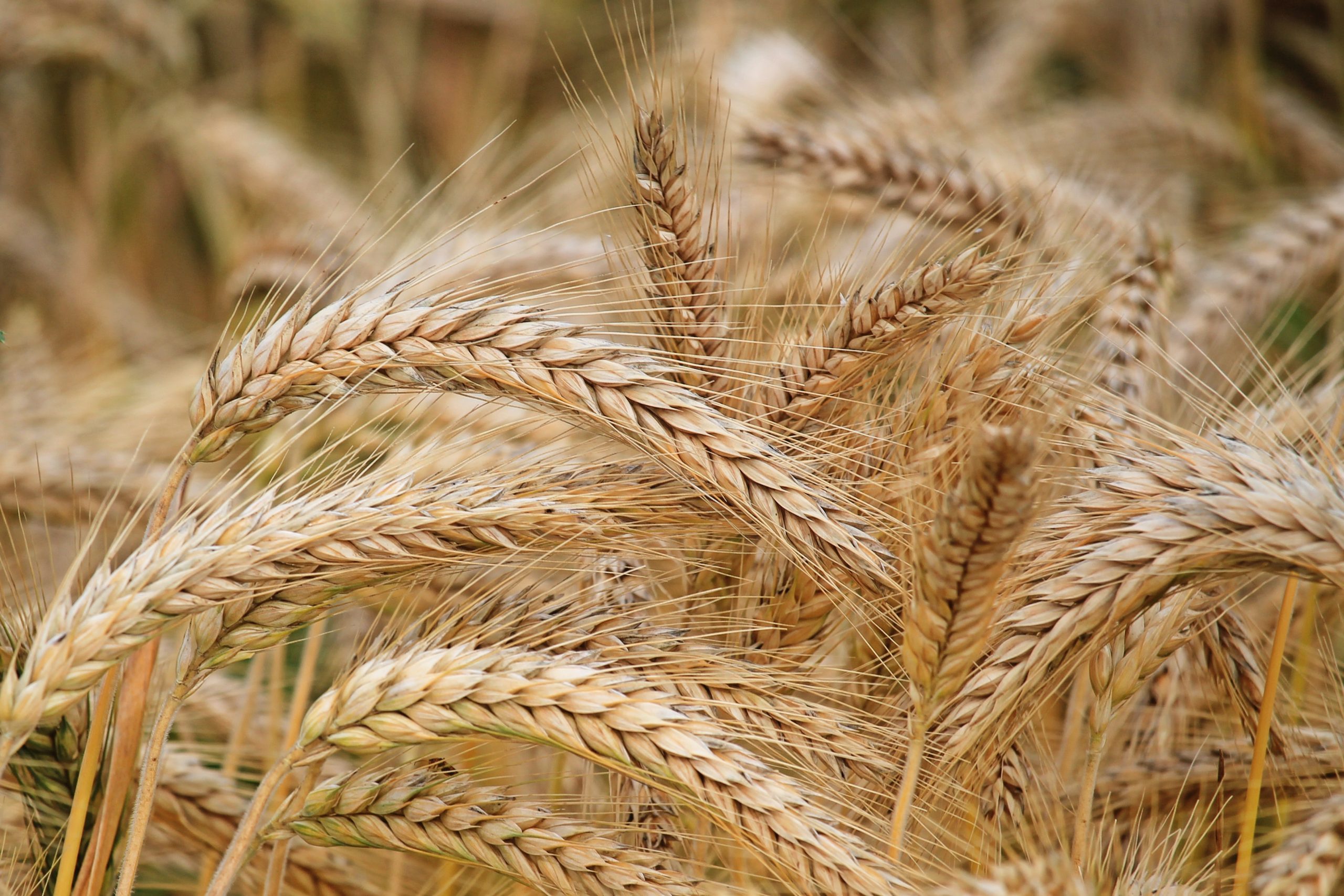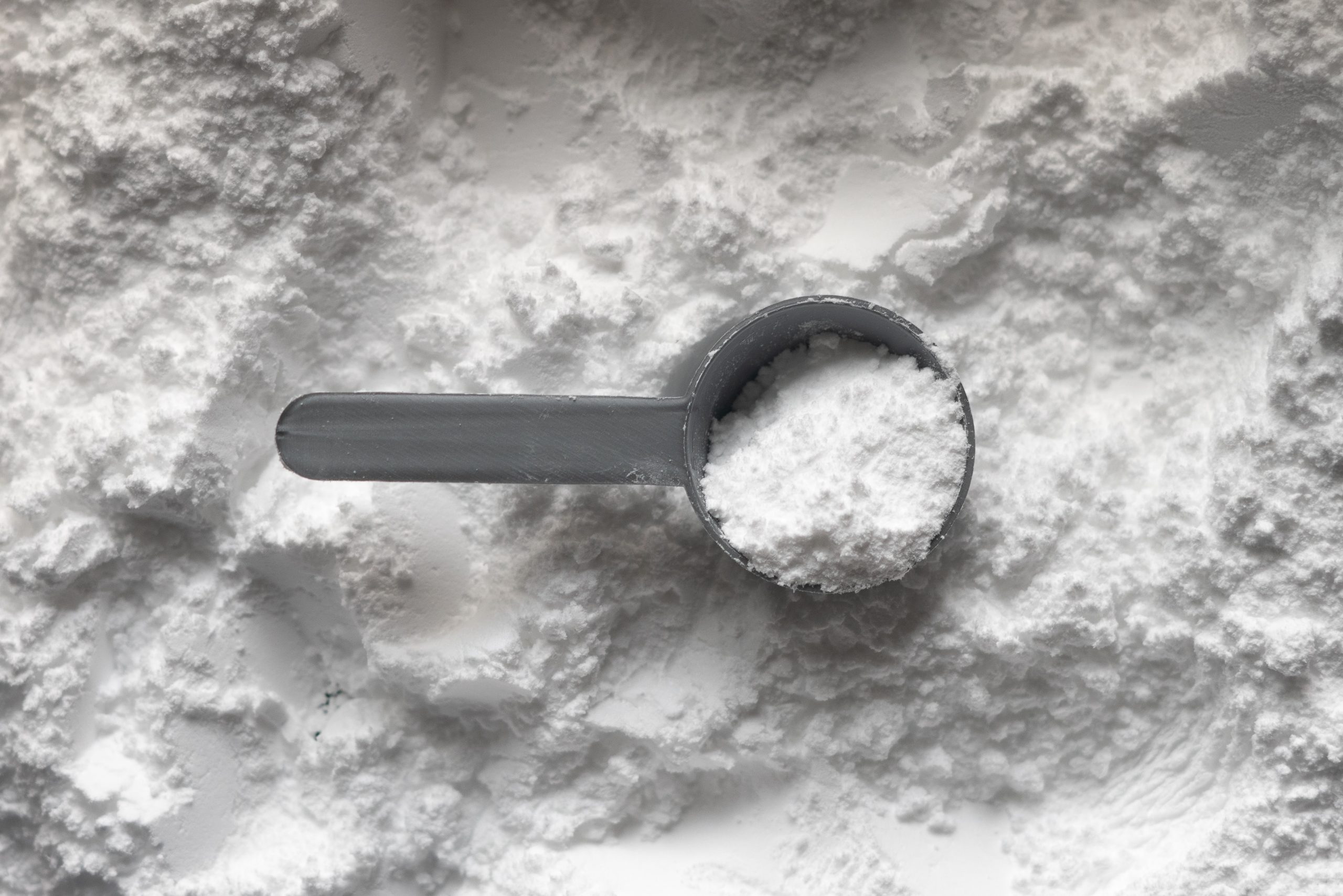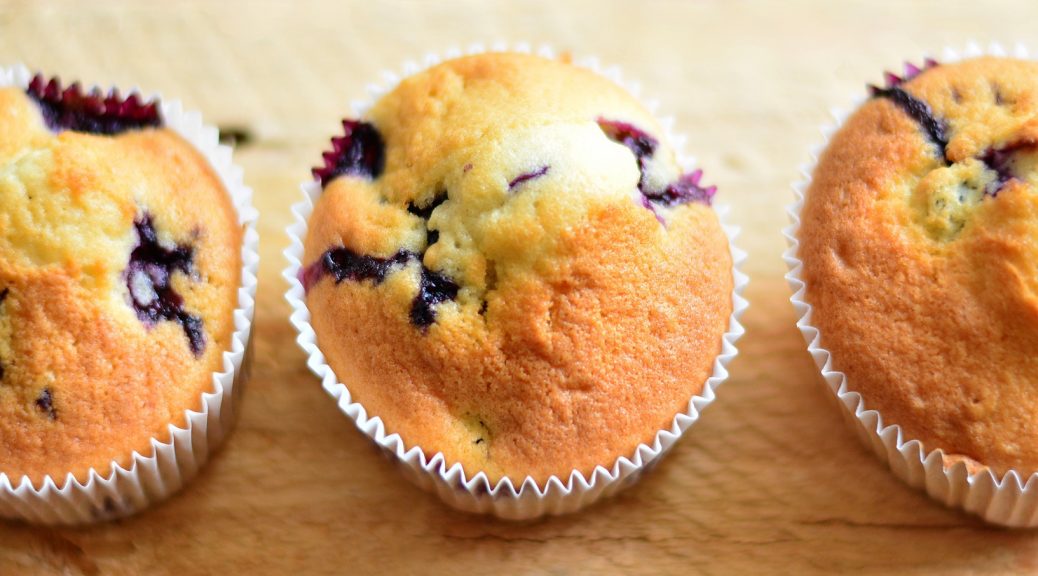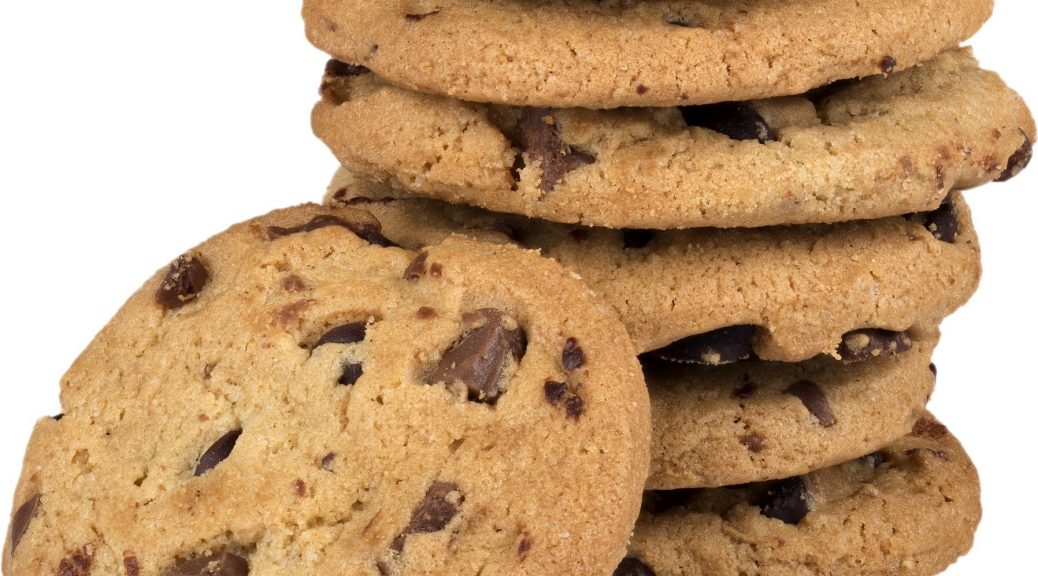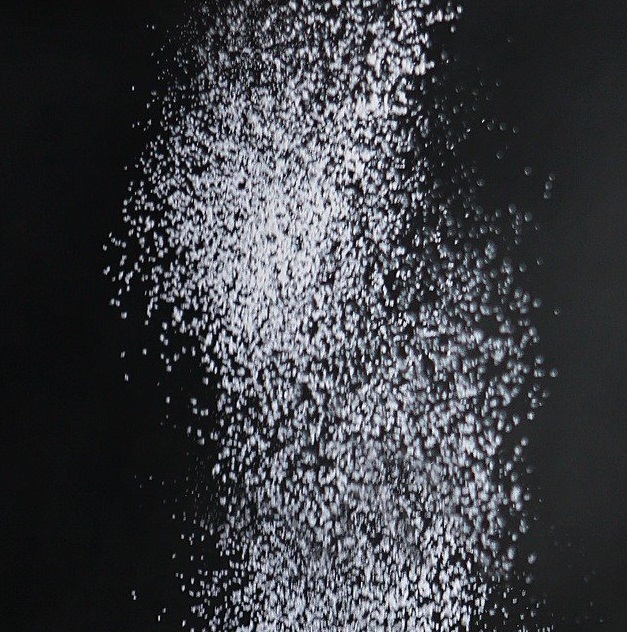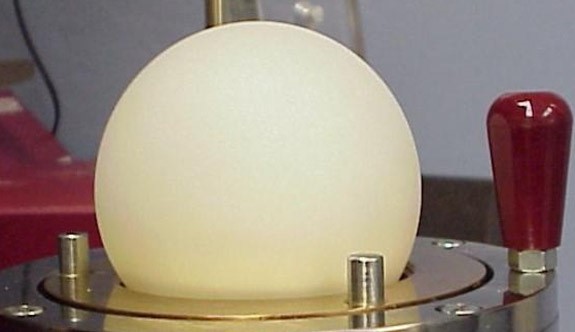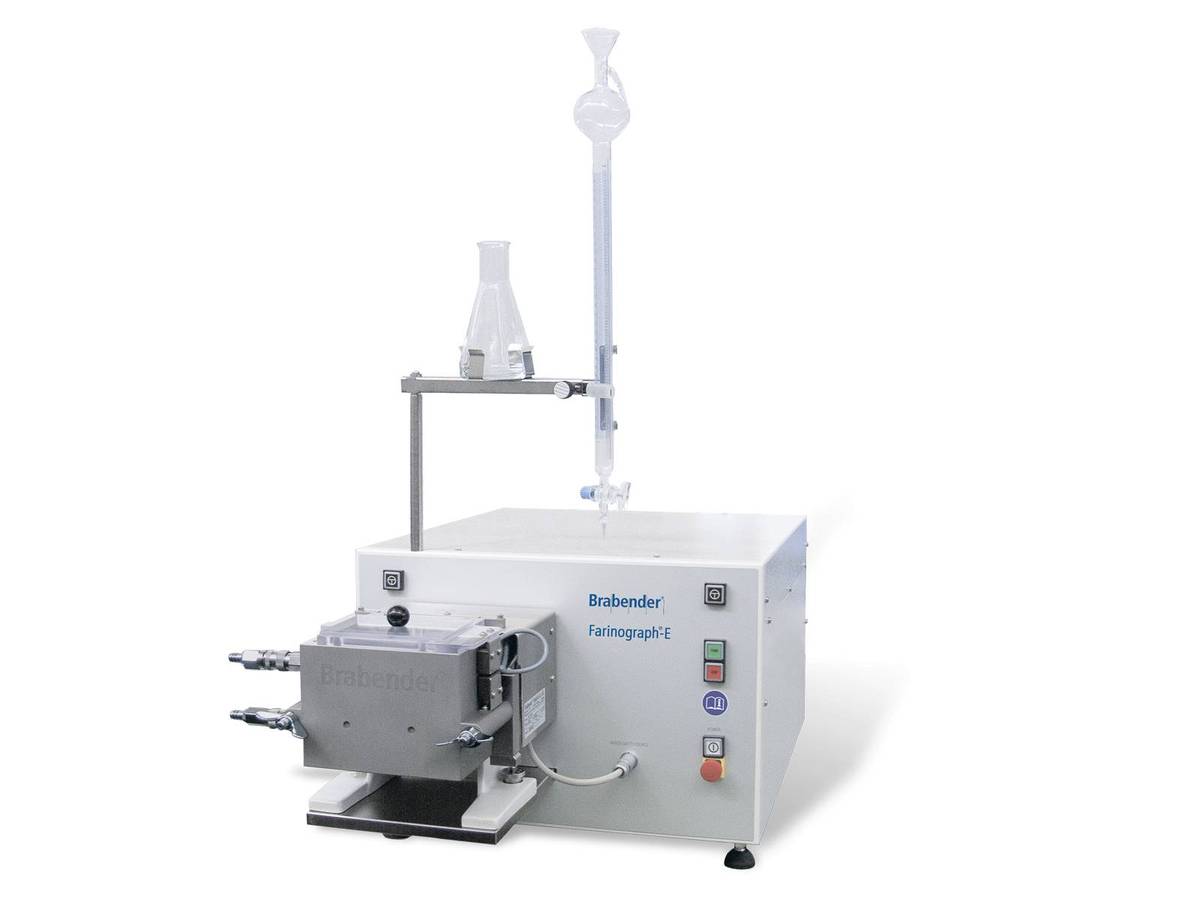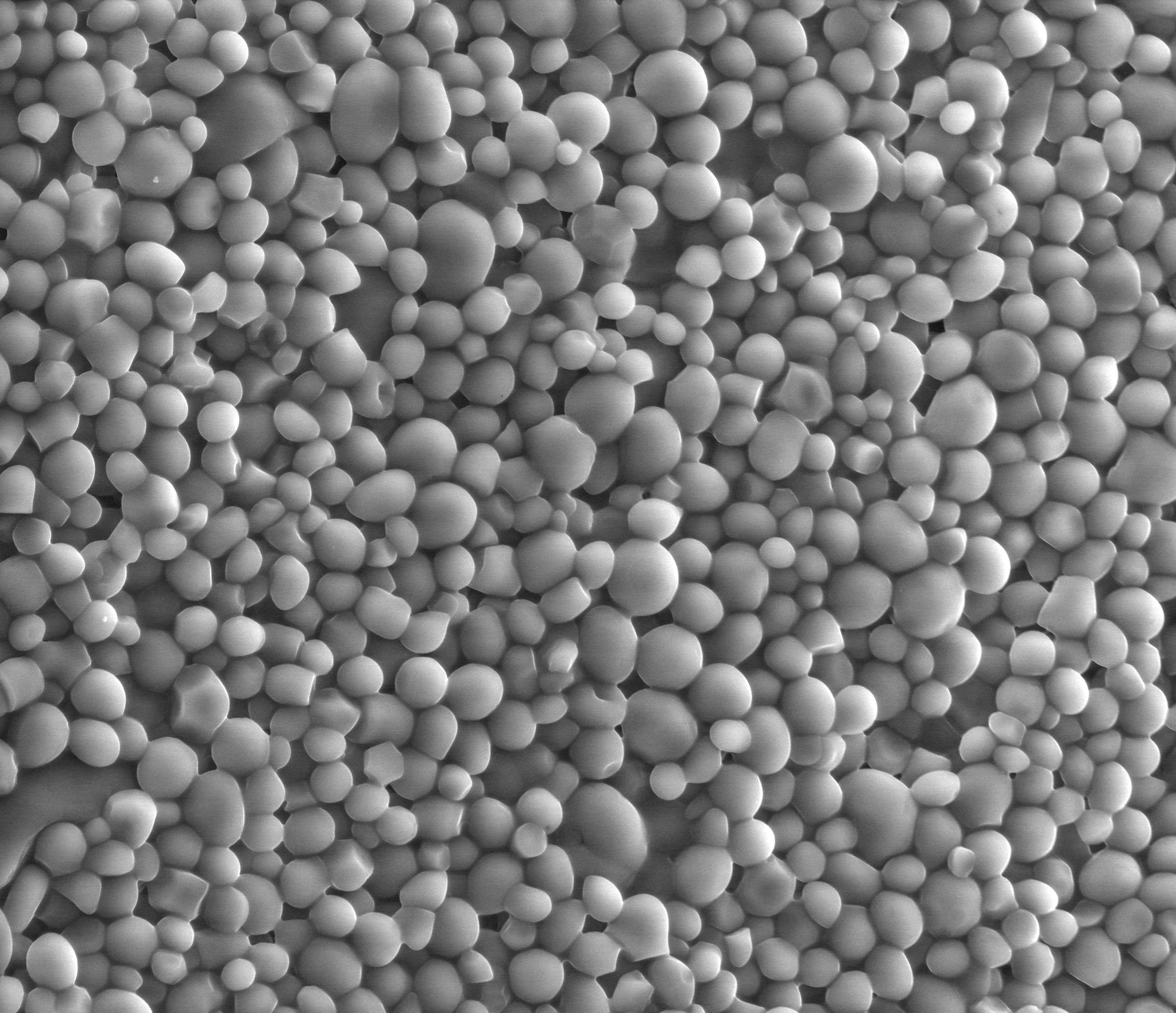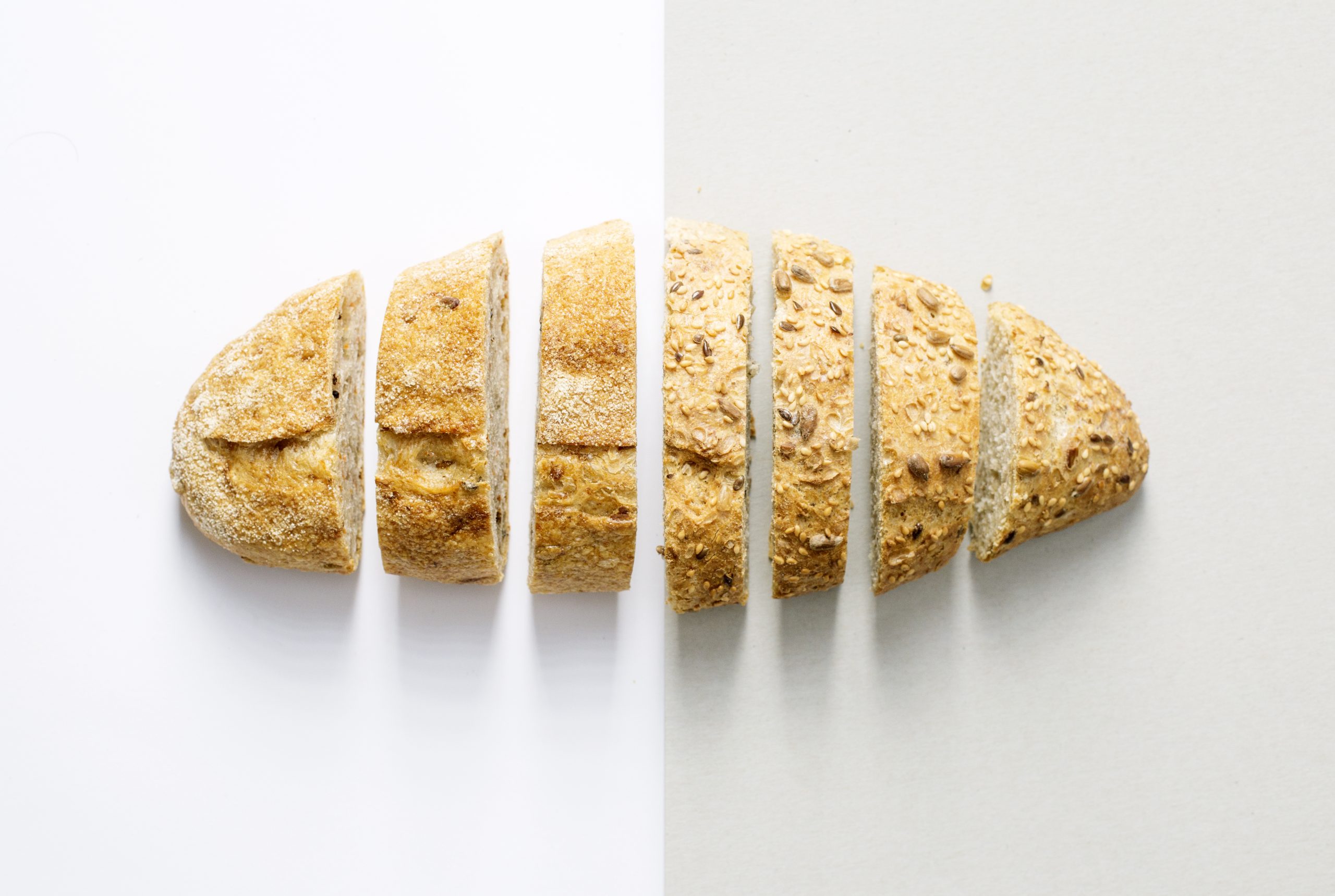Ancient Wheats
Wheat has been evolving since its earliest known existence. This evolution has been driven by the demands of both producers and consumers. However, in recent years, there has been a resurgence of interest in ancient wheats. In this post, we’ll discuss the evolution of wheat and whether this interest is merely a passing trend or has substantial reasons behind it. Evolution of Wheat Varieties The evolution of wheat over time has focused on various aspects, but perhaps the most significant…
